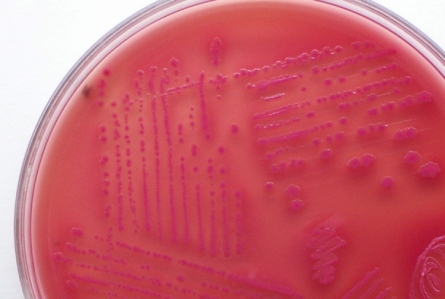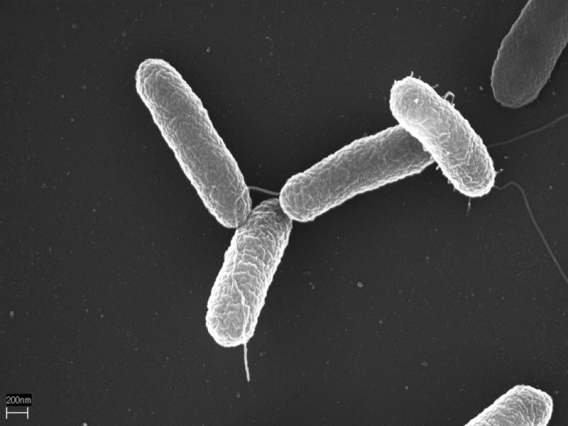Did You Know...
-
This species belonged to Pseudomonas, Aeromonas, and Vibrio before the genus Plesiomonas was established.
-
Plesiomonas shigelloides is the only species that belongs to the genus Plesiomonas.
-
The genus Plesiomonas was established in 1962, and was originally placed into the family Vibrionaceae.
-
There is still uncertainty about whether the genus Plesiomonas belongs to the family Vibrionaceae or the family Enterobacteriaceae. However, most research supports Plesiomonas as part of the Vibrionaceae family.
-
This bacterium has also been found within reptiles and amphibians as well as fish, but not as commonly.
-
Although gastroenteritis is the primary symptom, secondary infections such as septicemia and meningitis have occurred due to this bacterium.
-
Ferguson and Henderson first described this bacterium in 1947.
-
Bacterial phages have not been observed on Plesiomonas shigelloides specifically but other bacteria similar to it have encountered them. Many marine species of bacteria have been affected by phages and it is very possible Plesiomonas shigelloides has been as well.
Think you know everything? Try taking this short true/false quiz:
TRUE OR FALSE?
1. If you eat seafood infected by Plesiomonas shigelloides, you will get diarrhea.
2. Plesiomonas shigelloides is only in aquatic environments outside, not in home aquariums.
3. There are no male or female cells.
4. This bacterium is unicellular.
5. This bacterium grows in abundance near the North Pole.
ANSWERS:
1. FALSE: Remember that just by properly cooking your food all the way through, you’ll kill off any chance of ingesting this toxin.
2. FALSE: Pet fish sold at local pet stores can carry this bacterium with them, but it won’t harm you unless you eat it.
3. TRUE: Bacteria don’t have male or female parts.
4. TRUE: This bacterium is single-celled.
5. FALSE: Plesiomonas shigelloides prefers tropical waters closer to the equator, though it has been found in the polar circle before.
Now that you know all about Plesiomonas shigelloides, find out a little bit about me or take a look at my references!


